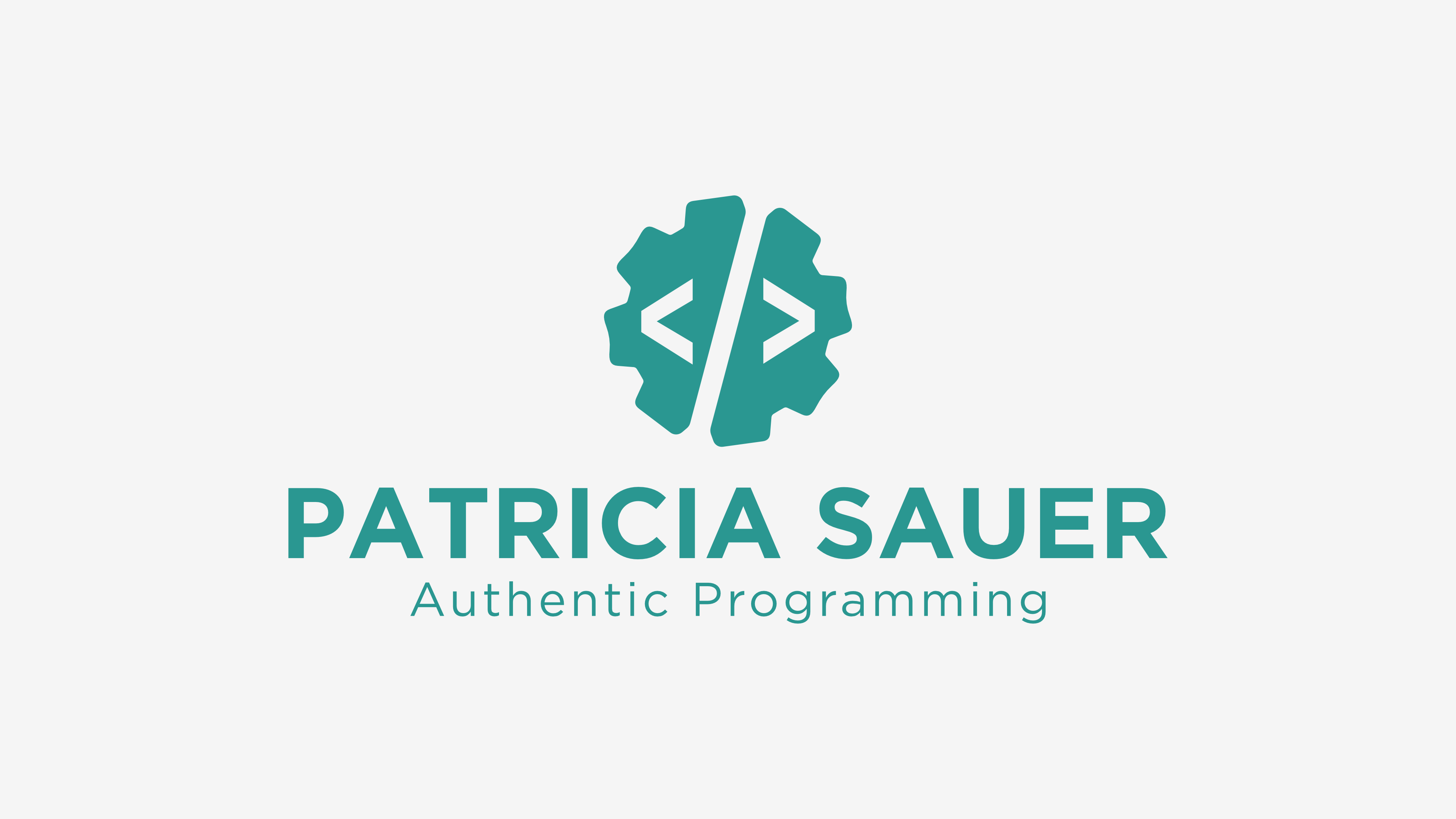Moving the cursor by single characters in vi

Oftentimes, you will be editing existing text instead of adding new text or writing new files. In command mode you can move the cursor to the desired position before switching to insert mode to edit your file.
Single character movements
As we already know, in vi, single character movements are possible using the arrow keys. So let's have a look at some other key mappings for moving the cursor:
| Command | Result |
|---|---|
h | Move the cursor to the left |
j | Move the cursor down |
k | Move the cursor up |
l | Move the cursor to the right |
When you cannot go further in one direction, a beep will occur. For example, it is not possible to move to the left/right to wrap around to the previous/next line. In this case, you need to use j/k to navigate to the below/above line. Additionally, it is not possible to move beyond a tilde.
Multiple character movements
As we don't just want to move the cursor character by character but want to become pros using vi and want to be faster than our colleagues. Let's have a look at how we can multiply character movements and become faster 🏃🏻♀️
Movement commands can be preceded by numbers to multiply the movement. For example, it is possible to type
| Command | Result |
|---|---|
4h | Move the cursor 4 characters to the left |
2k | Move 2 lines up |
Recap
In this article we learned that
- we can move the cursor using the keys h, j, k, and l to move the cursor to the left, down, up, and to the right
- we need to be in command mode to move the cursor using the keys h, j, k, and l
- we cannot wrap around to the previous/next line by using h or l
- we have to use j or k to move to the previous/next line
- character movements can be preceeded by numbers to multiply the movements like "2k" for moving two lines up
Watch it on YouTube
You can watch me explaining how to navigate by single characters in vi and vim in this video:
